For those familiar with traditional Chinese medicine, you may have heard of Zhangyacao , a treasure in herbal medicine known for its health benefits. It has properties such as clearing heat, improving digestion, and promoting urination. It can also help relieve jaundice, toothaches, and other health issues. This herb contains substances like gintonin and flavonoids, which are beneficial for individuals with digestive issues, offering excellent preventive effects.
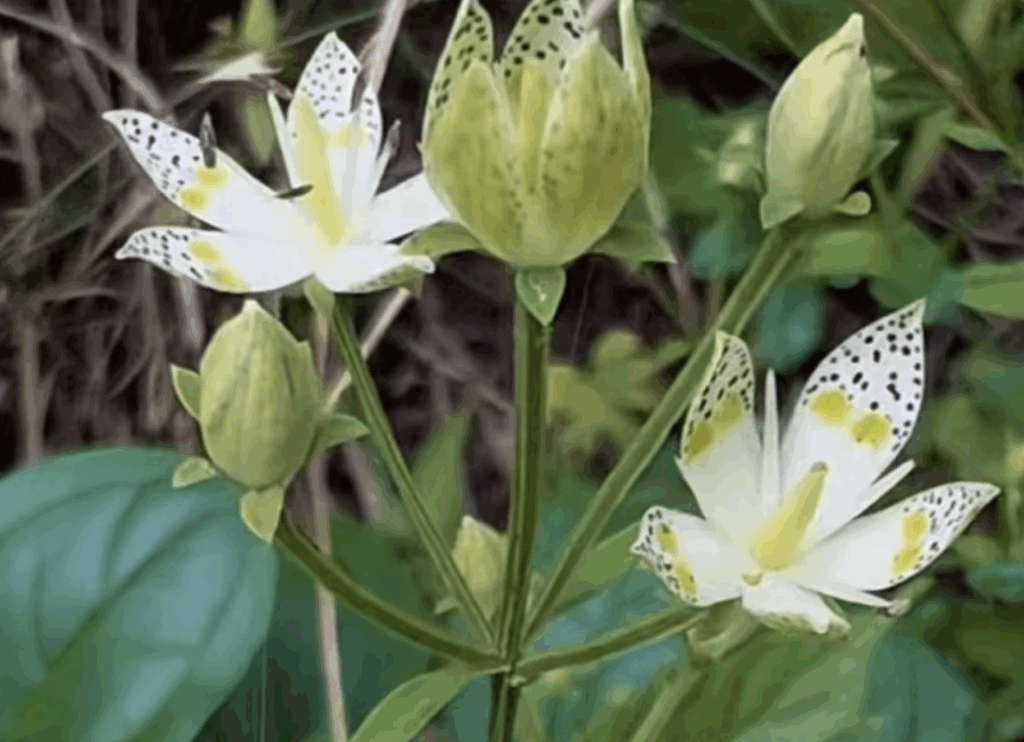
Zhangyacao is native to East Asia, including China, Japan, and the Korean Peninsula. The plant typically grows to about 40 centimeters in height, with single flowers. Its leaves are composed of 2-5 leaflets, and the flowers have purple spots, with yellow or yellow-green petals. In terms of care, it grows best at temperatures between 15°C and 25°C and prefers semi-shaded environments. It can survive temperatures as low as -10°C in winter, but it struggles in the hot summer. If temperatures exceed 30°C, growth will slow down, so it’s recommended to provide shade during high summer temperatures to prevent the leaves from sunburning.
Its flowering period is typically from July to September. During this time, watering should follow the "see dry, see wet" principle, keeping the soil moist. You can check the soil by hand; if it’s too wet, avoid watering to prevent root rot. Watering every two days is recommended. After each watering, check the soil to ensure it’s not too dry or too wet. In drier environments, a misting spray can be used on the leaves to increase humidity.
For soil, Zhangyacao prefers loose, well-draining acidic or slightly acidic soil. To improve drainage, you can mix peat soil and perlite into the soil. For abundant flowers and healthy growth, regular fertilization is essential. It’s recommended to apply phosphorus and potassium fertilizers before the flowering period to promote blooming. During the rest of the growing season, apply a full-element fertilizer once a month to prolong the flowering period and promote flower bud differentiation.
In terms of pest and disease control, while Zhangyacao is generally resistant to pests and diseases, issues like leaf spot disease and aphids can still occur. If any abnormality is detected, such as yellowing leaves or insect damage, measures should be taken promptly. Biological pesticides can be used for control.

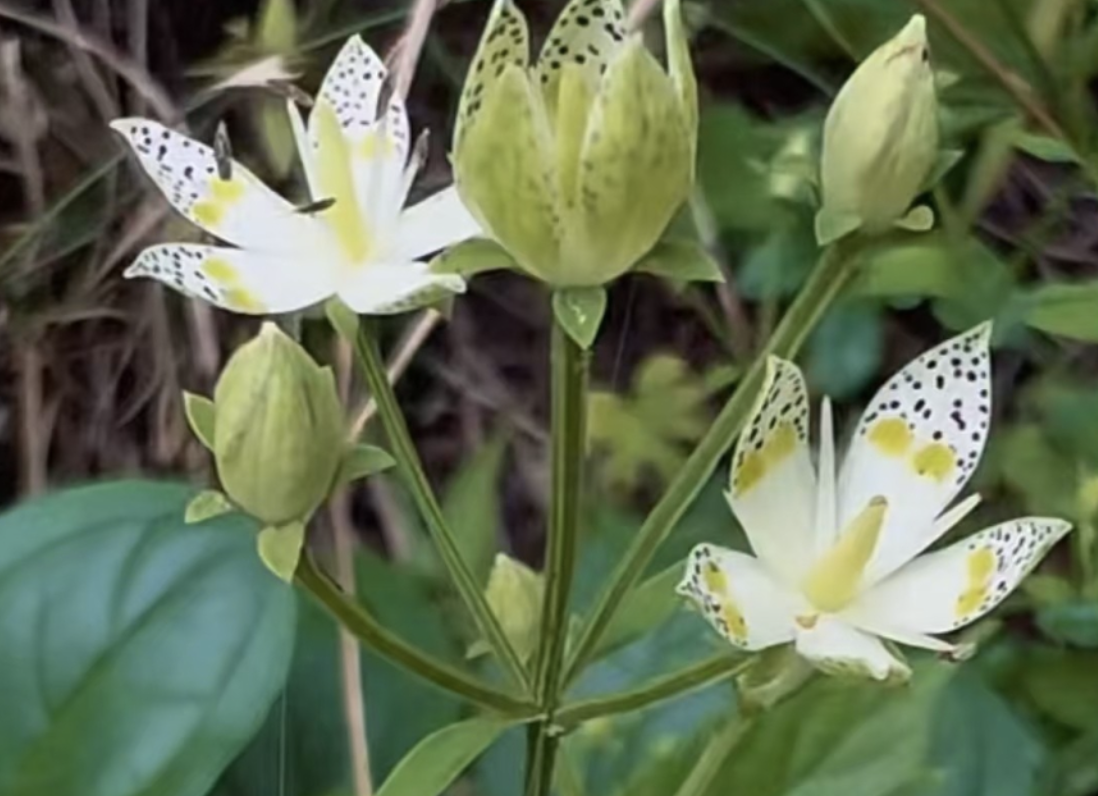
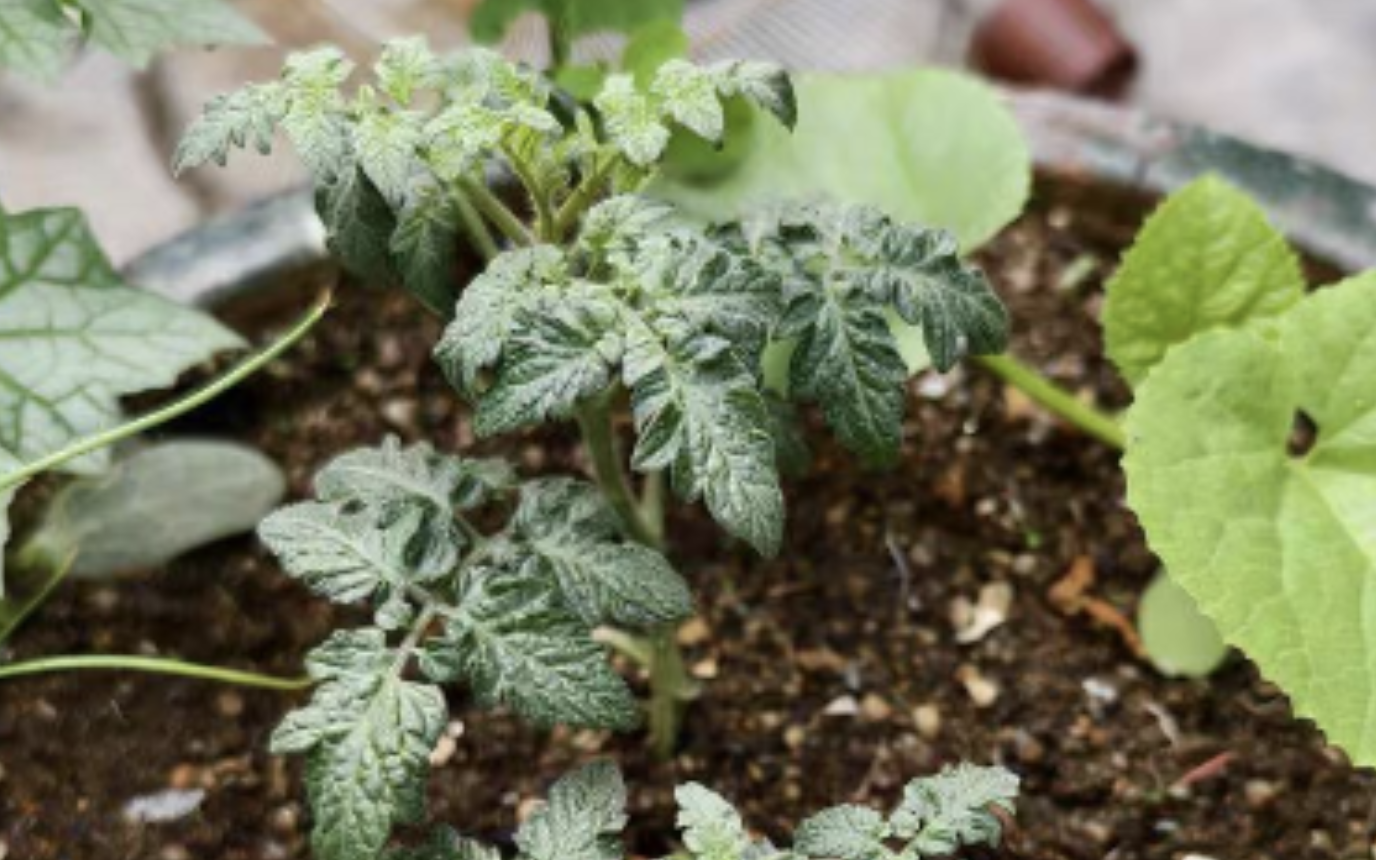
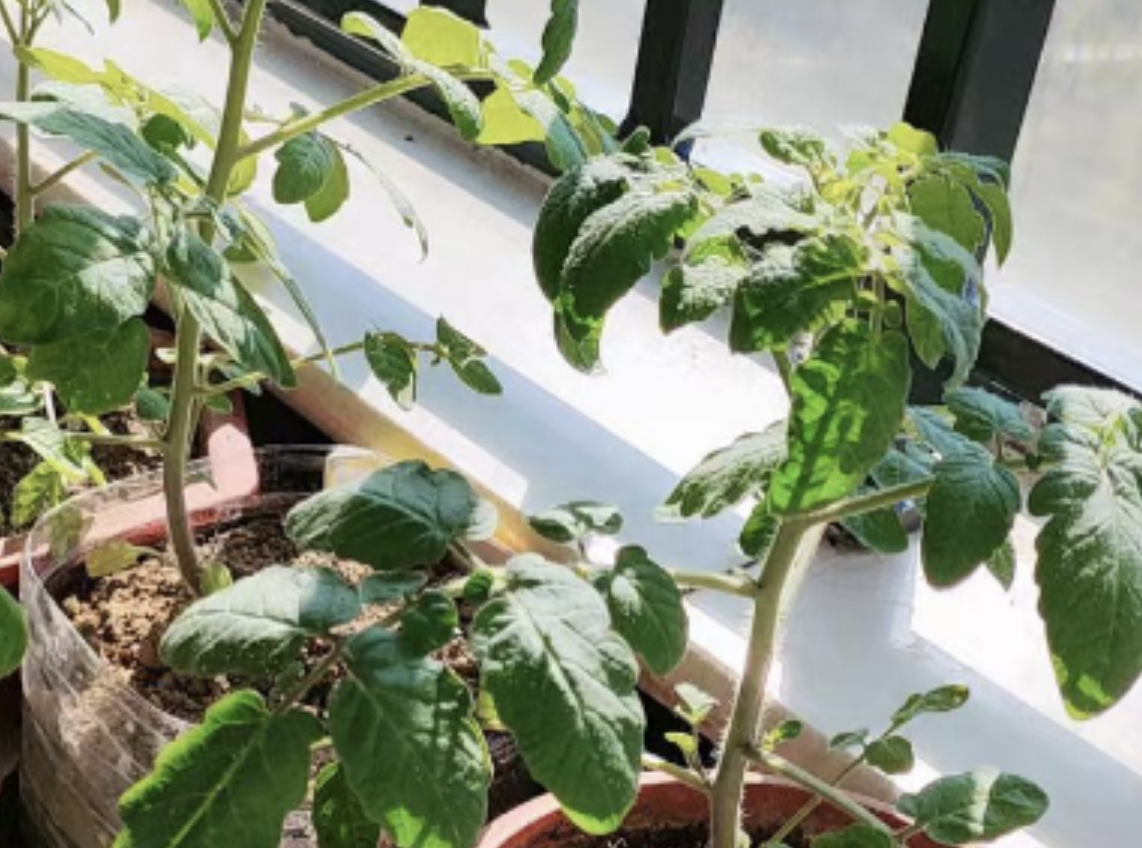
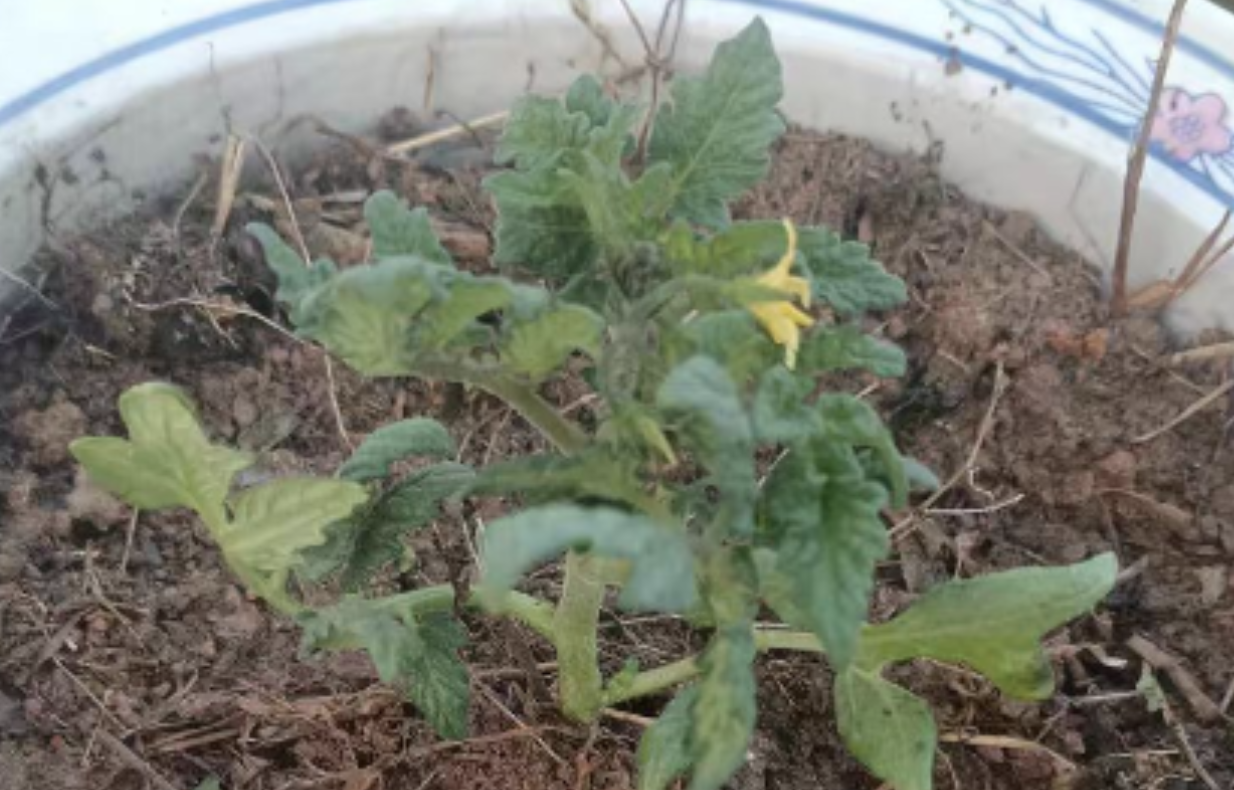
Leave a Reply